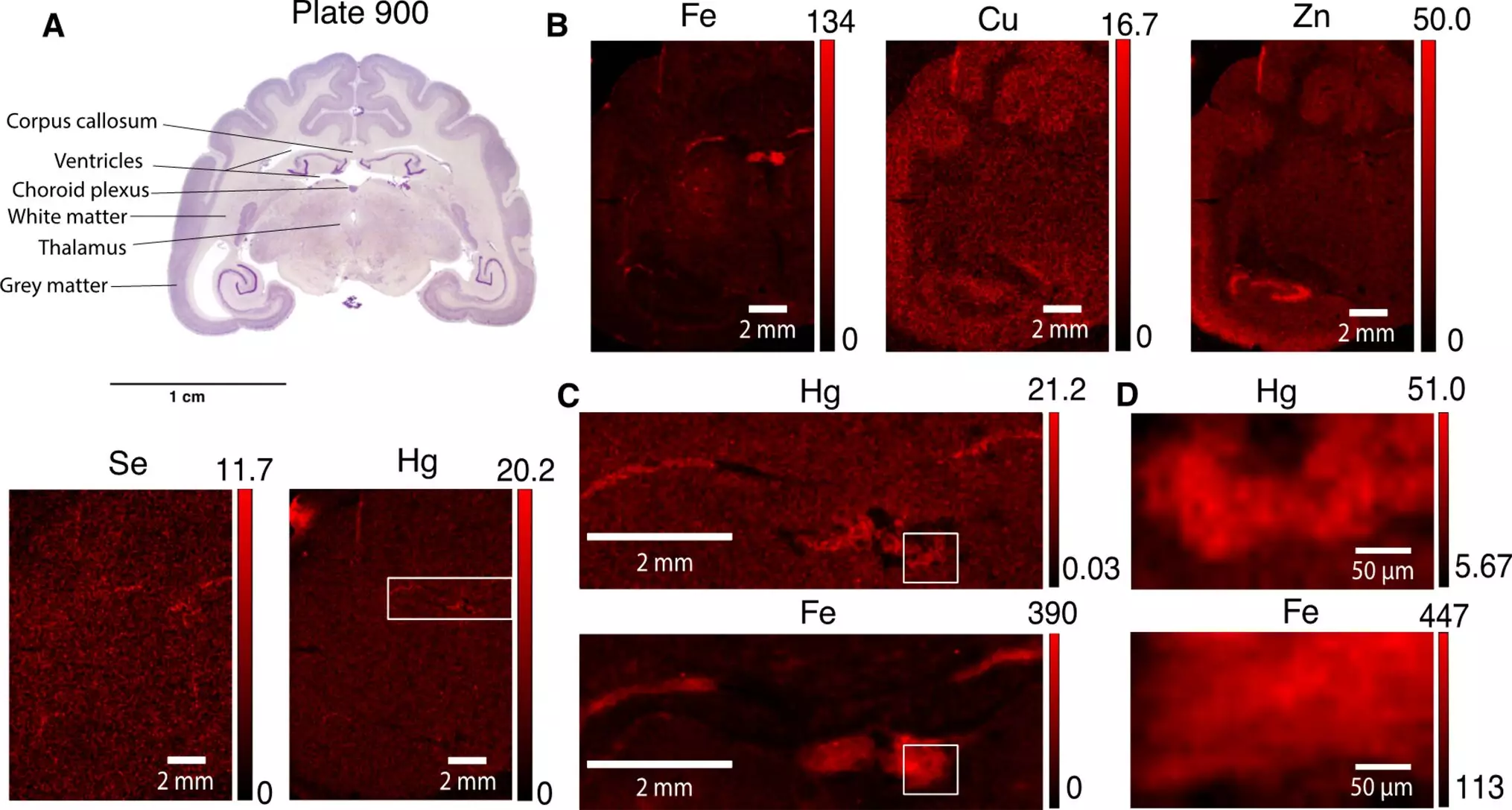Mercury exposure is a well-known and significant health risk, both to humans and animals. The neurotoxic properties of mercury have been extensively studied, but primarily in marine and sea creatures. However, a recent study conducted by Dr. Yulia Pushkar and her research group at Purdue University’s College of Science has shed new light on the potential dangers of mercury in terrestrial animals. This groundbreaking research has revealed the presence of mercury in the brains of mongooses collected in Okinawa Island, raising many questions and concerns.
Exposure to mercury in any form has been recognized as extremely neurotoxic. This fact has been tragically demonstrated throughout history, with examples like renowned physicist Michael Faraday and lab chemist Karen Wetterhahn who both suffered mercury poisoning due to their work. Even scientists who study mercury compounds are at risk of exposure. The case of Karen Wetterhahn is particularly harrowing, as she lost her life to dimethylmercury poisoning from a few drops that landed on her latex-gloved hand. These examples serve as stark reminders of the dangers posed by mercury.
Dr. Yulia Pushkar’s research group, which specializes in brain imaging, was tasked with investigating the presence of mercury in the brains of mongooses collected in Okinawa Island. To their surprise, brain scans revealed the presence of mercury in these invasive animals. The research group utilized advanced techniques to achieve a resolution of a few tens of nanometers, allowing them to observe the affected brain cells in great detail. These findings were recently published in Environmental Chemistry Letters, highlighting the significance of this discovery.
While the presence of mercury in the brains of mongooses is now established, the mystery remains regarding how mercury enters their brains. Several potential sources have been identified, including the water they drink, bird eggs they consume, mineral exposure, and even the air they breathe. The fact that mercury ions can reach the brains of terrestrial animals is deeply concerning, as it opens up a new realm of potential exposure and harm.
Mercury is known to be highly toxic, even at low concentrations. It can bind to essential biomolecules and disrupt their function, leading to severe health issues. The efficiency of detoxification depends on the uptake and binding constants inside the accumulations of mercury, as well as the potential leakage if brain cells die. Unfortunately, there is currently no known way to safely dissolve these aggregates from tissue, and reversing mercury poisoning of the neural system remains elusive. Therefore, the best approach is to avoid any exposure to mercury, particularly chronic exposure.
Dr. Pushkar initially held skepticism regarding the detection of mercury in the mongooses’ brains. Typically, neurotoxic elements, even if present in the brain, are found in ultra-low concentrations. However, the research group took the specimens to the Advanced Photon Source at Argonne National Laboratory, where the brains were exposed to intense X-rays. To their surprise, the mercury signal was detected, defying Dr. Pushkar’s initial skepticism. This breakthrough opened the door to further study and understanding of mercury in the brains of terrestrial animals.
After several years of study and multiple trips to national synchrotron facilities, the researchers were able to identify specific brain cells with higher mercury content. The cells of the choroid plexus, responsible for forming the blood cerebrospinal fluid barrier, and the astrocytes of the subventricular zone contain mercury-rich puncta. These puncta, ranging from 0.5 to 2 microns in size, are believed to play a role in filtering mercury from the blood and brain tissue. The researchers also suspect that selenium-containing biological molecules help bind the mercury in these cells, but further investigation is needed to confirm this hypothesis.
The discovery of mercury in the brains of mongooses raises significant concerns about the impact on terrestrial animals and potential implications for human health. While most studies have focused on mercury in marine biota, this research highlights the need to expand our understanding of the effects of mercury on terrestrial species. It is estimated that human activities release 2,000 metric tons of mercury compounds annually, and the fate of this neurotoxic mercury remains largely unknown. The findings of Dr. Pushkar’s research group offer new tools for tracing mercury in brain cells and provide valuable insights for environmental monitoring.
The neurotoxic effects of mercury are undeniable, and the discovery of mercury in the brains of mongooses adds a new dimension to our understanding of mercury exposure. This groundbreaking research by Dr. Yulia Pushkar and her team highlights the need for further investigation into the sources and impacts of mercury on terrestrial animals. The potential implications for human health and safety cannot be underestimated, and it is crucial that measures are taken to minimize mercury exposure. By expanding our knowledge of mercury in various ecosystems, we can work towards better protecting ourselves and the environment from the dangers posed by this toxic element.


Leave a Reply